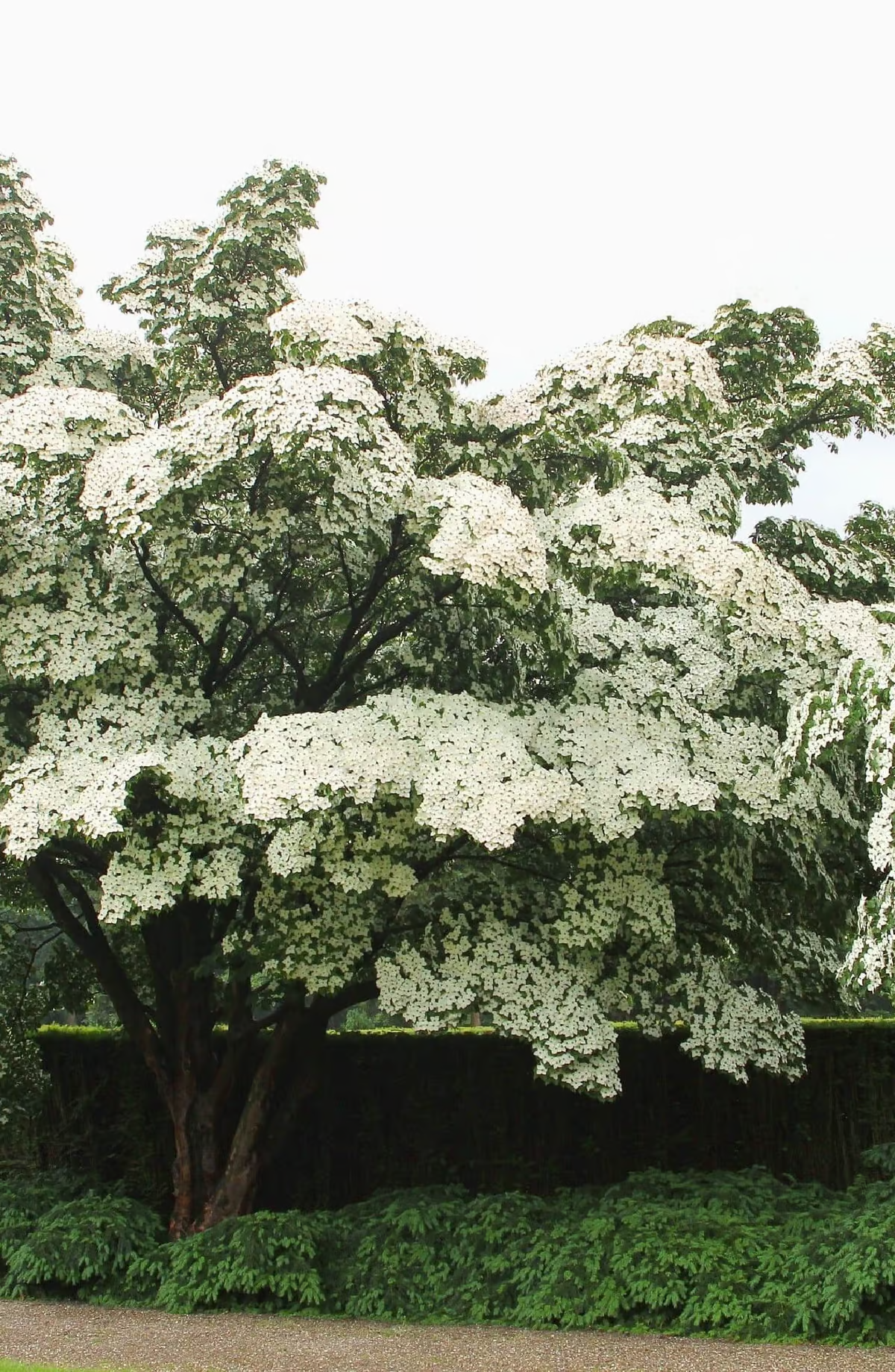What We Ship
The Benefits of Bare Root Plants
Bare root plants are shipped without soil or pots, making them lightweight and easy to handle. They arrive dormant, ready to be planted and thrive as beautiful, healthy additions to your garden.
Your Growing Zone Is:
Shop Plants For My Zone
Textured Bark:
The unique, textured bark provides year-round visual interest, adding character to your landscape even in winter.
Attractive Red Fruit:
The bright red fruit not only looks appealing but also attracts birds, enhancing your garden's biodiversity.
Seasonal Interest:
From its stunning spring flowers to its vibrant fall fruit and colorful autumn foliage, Kousa Dogwood offers beauty in every season.
Elegant Blooms:
The star-shaped flowers with striking white bracts add a touch of elegance and beauty to any garden.
Caring Tips
Each box contains detailed care instructions and information about your product. But here's the basics.
Care Tips
Kousa Dogwoods thrive in well-drained soil and appreciate consistent moisture. In early spring, it's beneficial to use a balanced, slow-release fertilizer. Pruning after flowering helps maintain their shape and remove dead or diseased branches.
Light Requirements
Kousa Dogwood thrives in partial to full sun, ideally receiving 4 to 6 hours of direct sunlight daily. It favors a spot with morning sun and afternoon shade to shield it from the intense heat of midday sun.
Hardy Planting Zones
5 • 6 • 7 • 8